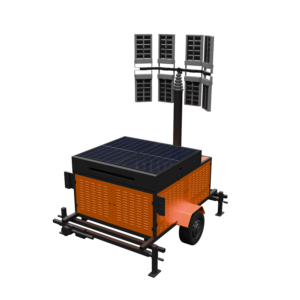
In summary, LED lights outperform both halogen and metal halide lighting in terms of energy efficiency, lifespan, brightness, and cost-effectiveness. This makes them the ideal choice for mobile light towers used in sports lighting, offering a long-term, sustainable, and high-performance solution for soccer field illumination.

The advantages of lower energy costs and reduced maintenance requirements when using LED lights in mobile light towers are particularly significant for outdoor sports venues like soccer fields. Here’s a deeper dive into how these benefits translate into both immediate and long-term savings:

By adopting LED mobile light towers for soccer field lighting, operators can see significant savings in energy costs and experience reduced maintenance requirements. These advantages not only lead to lower operational expenses but also contribute to a more sustainable and hassle-free lighting solution for both short-term events and long-term use. The reduced frequency of lamp replacements, the long lifespan of LEDs, and their energy efficiency make them an ideal choice for outdoor sports lighting, offering both immediate and long-term benefits.
The longer lifespan of LEDs compared to conventional lighting options like halogen and metal halide is one of the most significant advantages when considering mobile light towers for applications like soccer field illumination. Here’s how this benefit impacts the overall cost and performance of lighting systems:

(To Be Continued)
Get in touch for free lighting customization